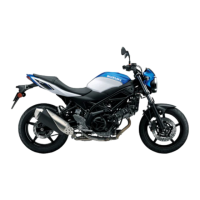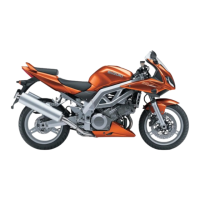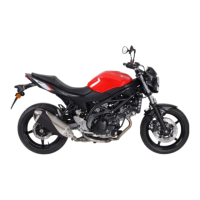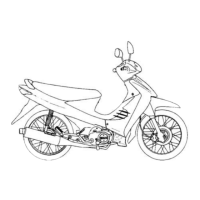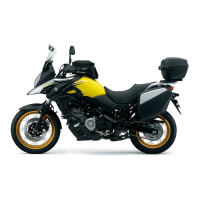Batteries have a natural tendency to discharge. There
are a number of reasons why: self-discharge, high
temperatures, drain from electrical accessories on a
vehicle, and short trips that aren’t enough to recharge
the battery.
Self-Discharge: Self-discharge goes on all the time.
It’s a battery fact of life that they get weaker from “just sit-
ting.” How rapidly batteries self-discharge depends, first
of all, on battery type. Lead-calcium batteries, such as
YUASA’s CX, YT, YI, discharge more slowly than conven-
tional batteries. At room temperature lead-calcium dis-
charges at 1/300 volt per day. Conventional lead-anti-
mony batteries discharge at 1/100 volt per day.
Temperature: Outside temperature plays a big part,
too. As the mercury goes up, batteries discharge faster.
Particularly in hot climates, that can mean trouble: every
18°F doubles the discharge rate, so a battery at 95°F
discharges twice as fast as one at 77°F. And temperatures
Keep in mind that at the same time accessories are draw-
ing on the battery, the battery’s self-discharging, too. The
charts below show how fast a battery is discharged by
self-discharge and by current drain:
Motorcycle
Battery
Yuasa
Multimeter
Checking Current Drain
Self-discharge
Approx. Number of Days From100%
Charged to 100% Discharged
Temperature
Lead-Antimony Lead-Calcium
Battery Battery
104
°
F 100 Days 300 Days
77
°
F 200 Days 600 Days
32
°
F 550 Days 950 Days
104°F
77°F
32°F
0 100 200 300 400 500 600 700 800 900 1000
Days Stored
From 100% Charged to 100% Discharged
Temperature
Self-discharge – Temperature Comparison
Lead-Antimony Lead-Calcium
Reasons for Self-discharge
13
3
SECTION
Inspecting, Testing
and Charging
Negative
Battery
Cable
20
40
60
80
100
2 4 6 8 10 12 14 16 18 20
Months on Storage Shelf
Amount of Self-discharge (%)
Lead-Antimony
Lead-Calcium
Self-discharge Rate Characteristics at 77
O
F
0
of 130°F are battery-killing. Been in a closed-up garage
or storage building on a hot summer day recently? In
many parts of the country, it’s no trick for inside tempera-
tures to reach that.
Accessories: Electrical accessories on some of today’s
newer and bigger bikes – clocks and computer memory,
for example – will discharge the battery continuously,
even when the ignition’s off. The drain can be consider-
able. You can find out the drain, in milli-amperes, by
disconnecting the negative terminal and putting a multimeter
in line. It should look like this:
Current Drain (Y50-N18L-A)
Days From Days From
Discharging 100% Charged to 100% Charged to
Ampere 50% Discharged 100% Discharged
7 mA 60 Days 119 Days
10 mA 42 Days 83 Days
15 mA 28 Days 56 Days
20 mA 21 Days 42 Days
30 mA 14 Days 28 Days
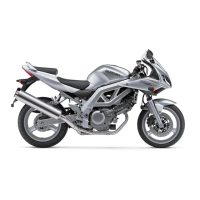
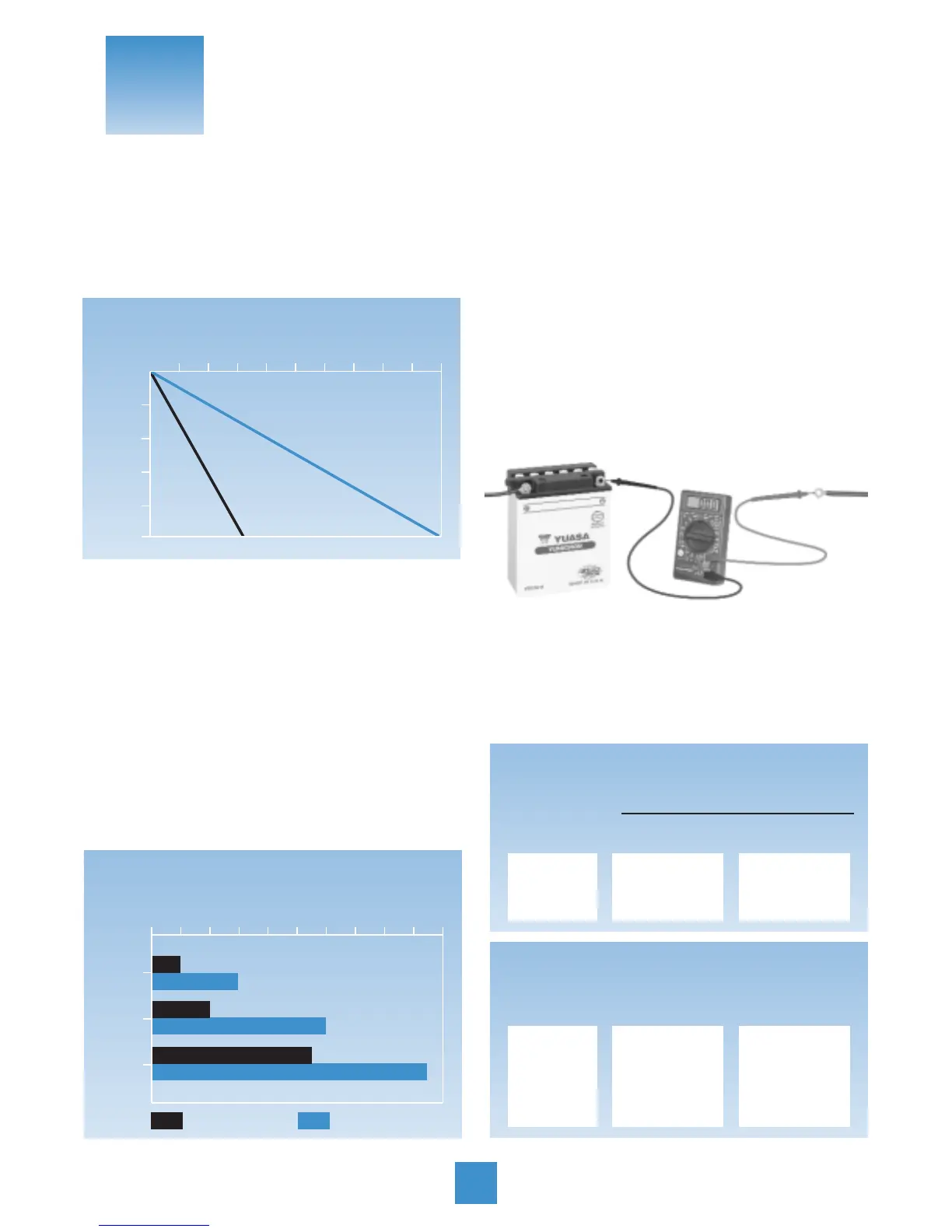